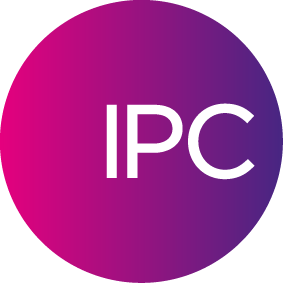by Ganesh Iyer, Director, Global Marketing, IPC
Every asset class has been affected by the changes in market structure, regulation and business models. We are seeing some interesting trends in commodities due to this asset class having traits that make it very different from financial assets. A fundamental difference is that commodities – agricultural products, livestock, energy, industrial metals and precious metals – are real assets that offer inflation protection while financial assets – stocks and bonds – are claims to a series of cash flows against an economic unit.
An important structural change being witnessed in the commodity markets is that more and more buy-side firms, especially pension funds, are making significant investments in commodities. Positive impacts of increased buy-side participation include lower risk premiums, reduced cost of hedging and a drop in the volatility of commodity futures prices.
The Two Challenges Faced by Commodity Market Participants
Today’s commodity markets offer greater connectivity among market participants, increased transparency and a broader variety of opportunities to trade. The use of derivative contracts to gain access to commodities along with the growth and change in mix of buy-side participation have created two principal challenges for market participants:
- Having reliable and secure connectivity throughout the trade lifecycle.
- Gaining and maintaining rapid access to a ready-made ecosystem of counterparties, liquidity venues, brokers/dealers, institutional investors, trade lifecycle services and market data.
Connectivity is a critical element for the successful ideation and execution of an investment thesis. It is vital in every aspect of the trade lifecycle – order creation, order placement, trade execution, clearing, settlement, reporting and market data delivery.
Additionally, risk management and compliance for commodity portfolios are key areas that are greatly dependent on connectivity throughout the trade lifecycle and access to an established ecosystem of market participants. Communication, connectivity and collaboration solutions are instrumental for:
- Accessing a range of independent market data sources to more accurately calculate net asset values and assess risk.
- Reaching a global community of liquidity venues to reduce the market impact costs of liquidating large, concentrated positions.
- Collaborating among various groups within a trading firm to record, confirm and reconcile trades – this includes having a secure and reliable infrastructure for communication among the front, middle and back office.
- Connecting to a range of trade lifecycle services, including risk management, portfolio management, execution management and order management systems, to enforce position and risk limits.
To address these two principal challenges as well as tackle risk management issues, savvy market participants are trying to make the most of:
- Financial extranets
- Latency-sensitive connectivity solutions
- Business continuity planning
- Voice communications
- Collaboration tools
Cloud-based Solutions for Reliability, Savings and Success
To achieve all these needs cost effectively, market participants are increasingly deploying cloud-based solutions to execute commodity trading strategies and manage associated risks without the investment in or ongoing management and maintenance of their own infrastructure. New cloud options offer market participants adaptive, on-demand connectivity throughout the trade lifecycle and across multiple asset classes. They can effectively address the market’s communication, collaboration and connectivity needs – especially for small and medium-sized firms.
As a result, a cloud-based solution enables market participants to:
- Access counterparties, liquidity and trade lifecycle services reliably, securely and at any time, from anywhere and with any device
- Meet regulatory requirements, including capture, archiving analytics and retrieval of all voice, mobile, email and IM data associated with communications
- Execute complex cross-asset class trading strategies
- Mitigate business, operational, investment process and market risk
- Minimize infrastructure and operations expenses
As generating alpha within the commodities markets becomes more challenging, cost-effective communications through the use of cloud-based solutions are making it easier to maintain reliable and secure connectivity and access to an ecosystem necessary to execute trading strategies. Perhaps now it’s a good thing to have one’s head – or at least one’s critical communications – in the cloud.

